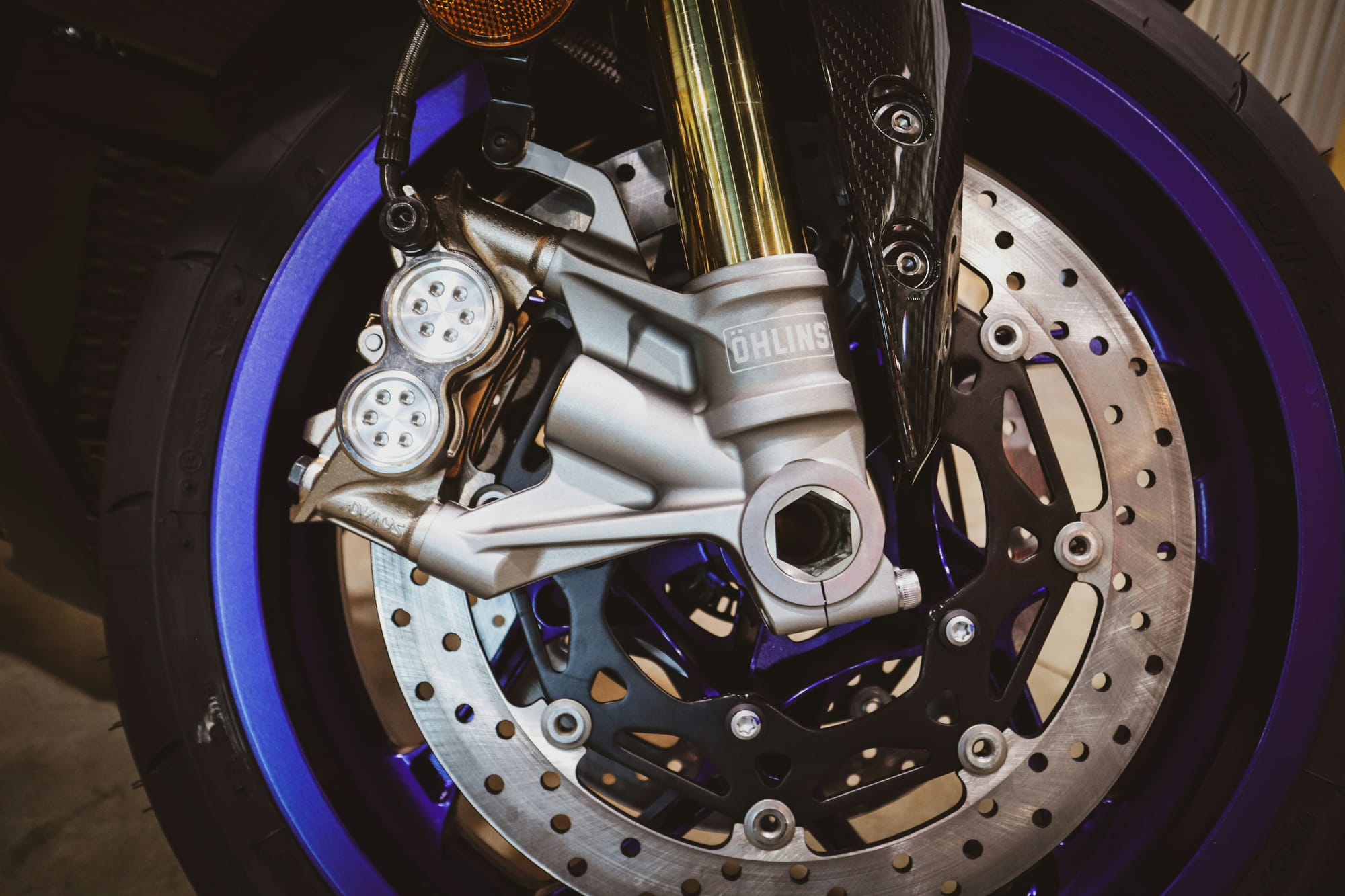A Basic Motorcycle Brake Service Break Down

Once, I was laying next to my bike, tightening up the last bolt on a high performance exhaust I’d just installed, when an old Southern biker came by. He told me, “Listen boy, if you want to upgrade your bike, do the brakes and lights first. If you can’t see what you're gonna hit, you won’t know to stop, and if your brakes don’t work right, ya ain’t gonna stop anyhow.”
At 18 years old at the time, I sure enjoyed that exhaust. But as I inch closer to becoming an “old biker” myself, the more I see the insight in his comment.
The old man (who eventually became a good riding buddy) is right—brake maintenance is critical. In this piece, I’ll cover a 30,000-foot view of how to ensure your motorcycle brake system is in proper working order.
Replacing brake pads is something that most home mechanics can do with only a few common hand tools. A repair manual for the specific model should be available, and as usual, if you don't have the proper equipment or skills, please have a professional do the job. They are happy to have your business!
When Do I Need Brake Service?
Manufacturers give specifications for minimum pad thickness. This is typically somewhere in the range of 1.5-2mm.
Many brake pads have painted lines, slots, or a step in the lining to help you gauge pad wear. They are usually visible without removing the pads or calipers, but you may have to take off an inspection cover. When these visual indicators are gone or the pads become too thin, they should be replaced.
